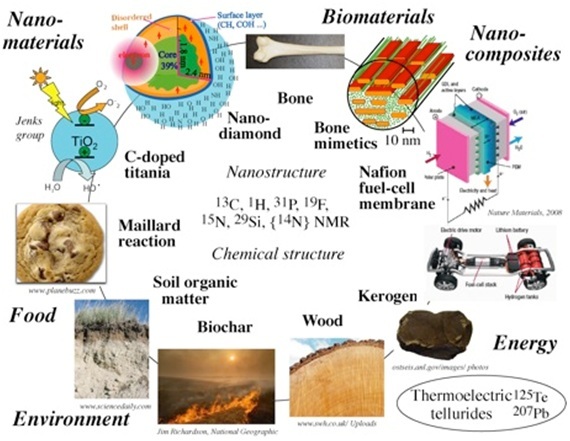Engineering materials are the backbone of modern civilization, enabling the development of advanced technologies, infrastructure, and everyday products that shape our lives. From aerospace and automotive industries to electronics and construction, engineers rely on a diverse array of materials to meet specific requirements and achieve remarkable feats of engineering. In this article, we explore the fascinating world of engineering materials, their properties, advancements, and their diverse applications across industries.
Understanding Engineering Materials:
Engineering materials are substances carefully chosen for their specific properties and characteristics, allowing engineers to design and construct structures, components, and systems with desired functionality and performance. These materials are typically classified into four main categories: metals, polymers, ceramics, and composites.
- Metals: Metals are widely used in engineering due to their excellent strength, toughness, and conductivity. Common metals include steel, aluminum, titanium, and copper. They find applications in structural components, machinery, electrical systems, and transportation.
- Polymers: Polymers, also known as plastics, possess lightweight properties, good corrosion resistance, and high design flexibility. They are used in various industries, including packaging, automotive, electronics, and healthcare. Examples include polyethylene, polypropylene, and polycarbonate.
- Ceramics: Ceramics are known for their exceptional hardness, high-temperature resistance, and electrical insulation properties. They are commonly used in applications requiring wear resistance, thermal insulation, and electrical components. Examples include porcelain, alumina, and silicon carbide.
- Composites: Composites are engineered materials formed by combining two or more constituents to obtain enhanced properties. They offer high strength-to-weight ratios, corrosion resistance, and tailored characteristics. Fiberglass, carbon fiber reinforced polymers (CFRP), and reinforced concrete are examples of composites used in various industries.
Advancements in Engineering Materials:
Continual research and development have led to significant advancements in engineering materials, expanding their capabilities and enabling innovative solutions. Some notable advancements include:
- Nanotechnology: Nanotechnology involves manipulating materials at the nanoscale to enhance their properties. It has led to the development of materials with improved strength, conductivity, and chemical reactivity, opening doors to breakthroughs in electronics, energy storage, and medicine.
- Smart Materials: Smart materials exhibit adaptive and responsive behavior to external stimuli, such as temperature, light, or electrical signals. Shape memory alloys, piezoelectric materials, and self-healing polymers are examples of smart materials that find applications in aerospace, robotics, and biomedical fields.
- Biomaterials: Biomaterials are materials engineered to interact with biological systems, often used in medical and healthcare applications. They promote tissue regeneration, serve as implants, or provide drug delivery systems. Examples include biocompatible metals, ceramics, and polymers.
Applications of Engineering Materials:
The diverse range of engineering materials finds applications across various industries:
- Aerospace and Automotive: High-strength metals like aluminum, titanium, and advanced composites are crucial in manufacturing lightweight aircraft and automotive components, improving fuel efficiency and performance.
- Electronics and Telecommunications: Miniaturized electronic devices rely on materials with excellent conductivity, heat dissipation, and insulation properties. Metals, semiconductors, and polymers enable the production of advanced microchips, circuit boards, and electronic displays.
- Construction and Infrastructure: Concrete, steel, and composites play a vital role in constructing buildings, bridges, and infrastructure projects. These materials offer durability, structural integrity, and resistance to environmental factors.
- Medical and Healthcare: Biomaterials such as biocompatible metals, ceramics, and polymers are used in implants, prosthetics, medical devices, and drug delivery systems, contributing to advancements in healthcare and improving the quality of life.
Conclusion:
Engineering materials form the foundation of modern engineering, enabling remarkable innovations and advancements across industries. From the strength of metals to the versatility of polymers, the resilience of ceramics, and the tailored properties of composites, engineers have a vast array of materials at their disposal to solve complex challenges. As research and technology continue to evolve, the future holds even more exciting possibilities for engineering materials, paving the way for sustainable, efficient, and groundbreaking engineering solutions.
Reach out to us today and learn about our engineering materials capabilities that meet your product needs.


